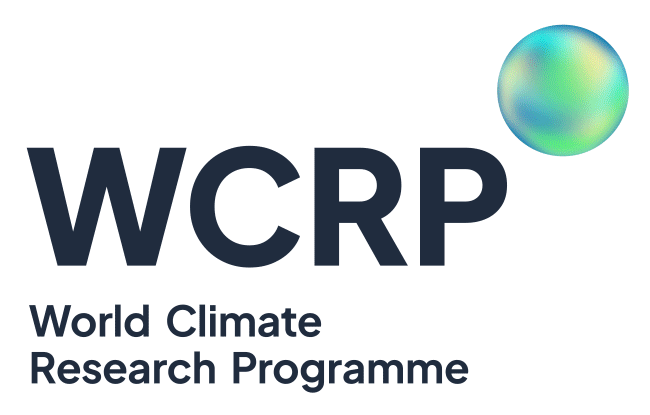The main science initiatives of the Grand Challenge on Near-Term Climate Prediction are aligned with its three objectives to (1) improve the quality of initialized decadal climate information and prediction; (2) synthesize prediction output in view of stakeholders’ needs; and (3) develop processes to assess and communicate the degree of related confidence and uncertainty.
Research goals supporting objective (1) are to:
- characterize and understand sources of decadal predictability; evaluate and improve simulation of decadal variability in global models; understand decadal variability in observations; and quantify prediction skill
- improve methods of model initialization and specification of external forcing agents (in particular solar variability, aerosols and volcanoes)
- reduce the impact of initialization shock, model drift and model biases
- advance methods for drift, bias adjustment and downscaling necessary for region-specific, user relevant output.
To address objective (2), research efforts will:
- explore ensemble hindcast and forecast outputs to examine the relationship between internal variability and externally forced variations and trends
- determine how best to use ensemble forecast output to predict the risk of extreme events on timescales out to decadal
- engage with users, national meteorological and hydrological services and WMO Commission for Basic Systems (CBS)-Commission for Climatology (CCl) to determine best presentation and dissemination methods.
Research in support of objective (3) will:
- use multi-model ensemble hindcasts and observations to improve quantification of uncertainty in collaboration with modelling centres and forecast providers
- assess scientific opinion on the degree of confidence that scientists have in the forecasts
- provide recommendations on what sort of information on quality and confidence should accompany forecasts provided to users.
All of the above efforts will build on and work with activities sponsored under existing WCRP Projects, as well as other groups.

